If you’re planning to buy an import vehicle anytime soon be prepared to wait. Dealers around the country are beginning to run short of some foreign-made models, according to recent reports, as manufacturers reduce shipments to the U.S. due to the Trump auto tariffs. And that could spell trouble for motorists, in general, as the slowdown also impacts foreign-made service and repair parts. More from Headlight.News.
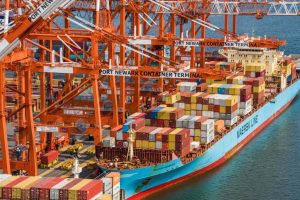
There’s been a massive drop in shipments of European and Asian vehicles since Trump’s tariffs went into effect.
Automakers continue struggling to figure out how to cope with the new Trump tariffs on imported autos and auto parts – as well as on foreign-made steel and aluminum. Some manufacturers have already begun raising prices, according to tracking data, but that’s not the only problem auto buyers are beginning to face.
Manufacturers have begun slowing down shipments of new vehicles to the U.S., while that’s also the case for auto parts used for service and repairs.
In all, May saw a 72.3% decline in maritime vehicle shipments from Europe and Asia, according to a database compiled by Descartes Datamyne. The firm also reported a 14.8% year-over-year decline in shipments of auto parts and accessories.
Vehicle sales tumble as tariffs take hold
While Pres. Donald Trump first laid out plans to place tariffs on auto imports shortly after his January inauguration, the duties only went into effect on foreign-made vehicles on April 3.
The tariffs were extended to auto parts on May 3. Because even “American-made” vehicles rely on some imported parts, production costs have now risen by hundreds, even thousands, of dollars. Automakers are taking a variety of different approaches when it comes to either absorbing or passing on those increases.
Due to higher prices, Cox Automotive warned last month that U.S. auto sales should drop to anywhere from 15 million to 15.5 million this year, down from about 16 million in 2024. And if the country falls into recession, said Cox lead economist Jonathan Smoke, 2025 could see sales plunge to 14 million.
Import pause

Audi was one of the automakers that said it would hold back exports to the U.S. due to Trump tariffs.
After getting off to a fast start, U.S. auto sales are starting to slow, according to the Bureau of Economic Analysis. On an a seasonally adjusted annual rate, or SAAR, May’s numbers came in at 15.6 million, down from 17.3 million in April.
Higher prices are considered just one factor behind the decline. There’s also a growing shortage of imported vehicles – which, in 2024 accounted for roughly half of all U.S. new vehicle sales, according to industry data.
Even before the tariffs went into effect, a number of manufacturers – including Audi, Jaguar Land Rover, Lamborghini, Lotus and Mitsubishi — announced they would pause shipments to the U.S. Some have resumed shipments, albeit at lower-than-normal levels.
If anything, the 72.3% decline in maritime shipments from Europe and Asia doesn’t tell the full picture, as it excludes land-based imports from Canada and Mexico.
More Tariff News
- Trump Tariffs Could Drive Budget Buyers Out of the Market
- UK, U.S. Reach Deal Re-Opening Door for British Autos
- GM Expects Tariffs to Cost it $5B This Year
Buyers could face shortages
May brought a 0.3% increase in the typical new vehicle price, according to the Federal Reserve Bank of St. Louis. Forecasts by Cox Automotive and other analysts call for more substantial increases going forward as the full impact of the Trump tariffs take hold. Many of the vehicles currently on dealer lots were produced before the duties were put in place, but they’re beginning to run out.
That could prove a particular problem for buyers looking for models imported from Europe or Asia, such as the BMW 3-Series, the Volkswagen Tiguan, the Nissan Altima and the Hyundai Tucson.
“It’s almost impossible to reach any other conclusion than this is the impact of vehicle tariffs manifesting itself in import volumes,” Jackson Wood, director of industry strategy for global trade intelligence at Descartes Systems Group, told Automotive News. “My read on this is that importers are pausing, hoping that more favorable tariff conditions will emerge in the medium term.”
The UK did reach a trade deal with the U.S. last month. It cut tariffs down to 10% on up to 100,000 vehicles shipped from Britain to the U.S. each year. The European Union is seeking its own deal – as are some foreign manufacturers.
Oliver Blume, CEO of the Volkswagen Group, told German newspaper Handelsblatt he has proposed to White House trade negotiators a “substantial” increase in U.S. investments. That could include a large expansion of the assembly plant VW is setting up for its new Scout brand in South Carolina. But that could take several years before the first vehicles would begin rolling out.

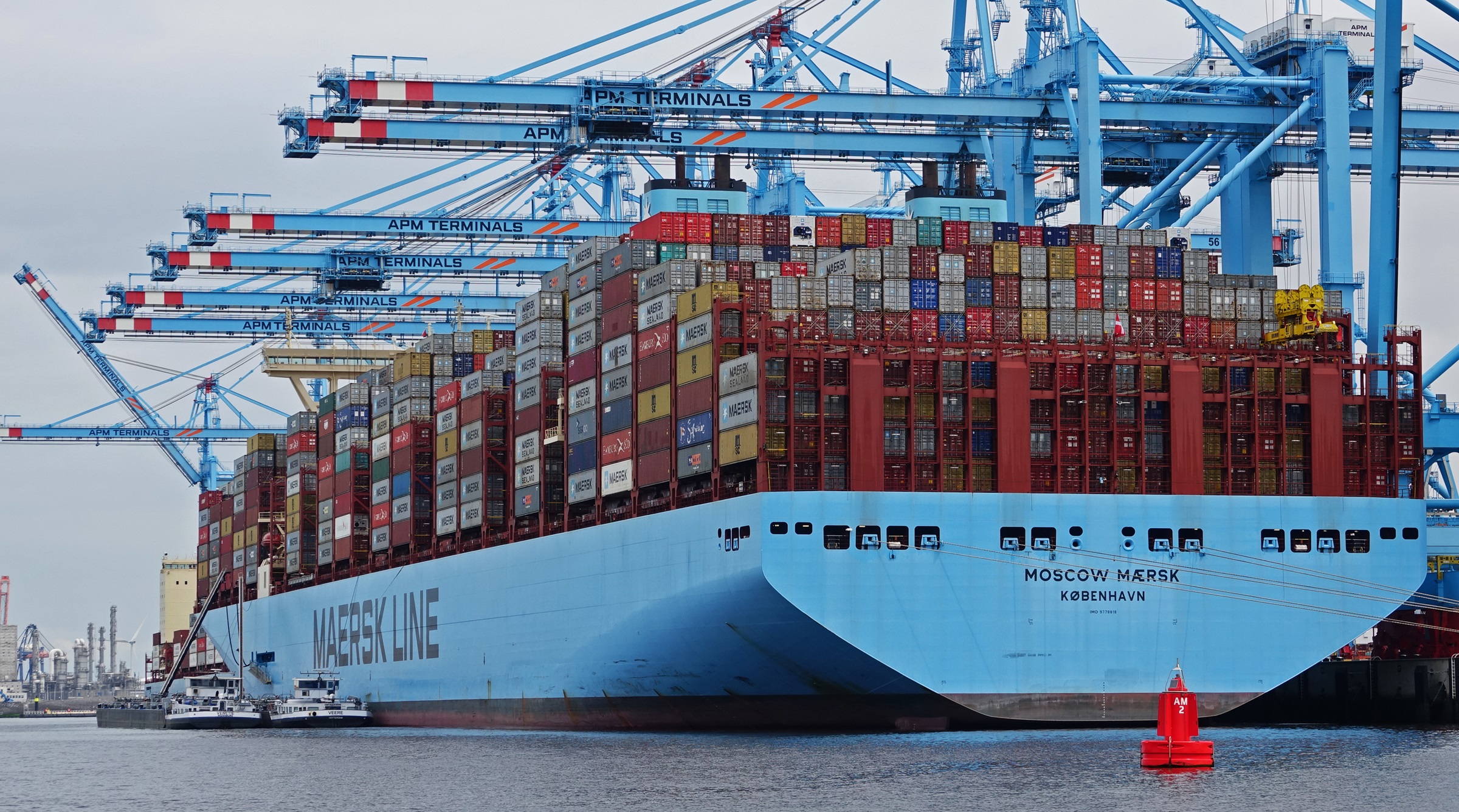
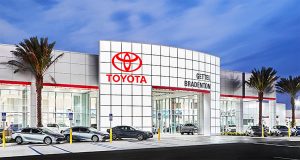
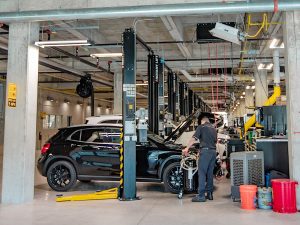


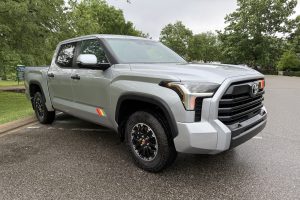
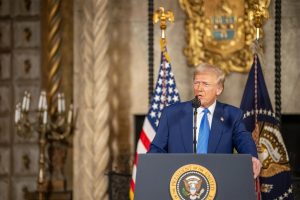




Make it where you sell it!
Jim, That’s a good catchphrase and I think all of us would prefer to see U.S. production rise. But let’s just look at a few things.
First, some vehicles are so low in volume that you can’t simply produce them affordably for each individual market. You need economies of scale or that product can’t be justified. So, a central global production site (or two) may be needed. That can work against U.S. production…or for it. BMW uses its Spartanburg plant to produce a number of X models, ie the X5, for global markets. If it had to go to local production for all, or all key, regional markets it likely would simply kill off some product lines.
Try to produce the Volkswagen Taos in the U.S.? Sure, for 25-35% more, even without union labor. Research shows that even a small increase in pricing on entry models like Taos will kill what budget market there is left. We’re already seeing millions of buyers priced out of the new vehicle market. Ironically, that’s driving up used prices.
Could/should more vehicles be built in the U.S.? Undoubtedly. Can you go to a local production-only strategy? Not unless you want to kill off a large share of the U.S. car market, raise new AND used prices sharply…AND kill off the U.S. auto export business.
Paul E.